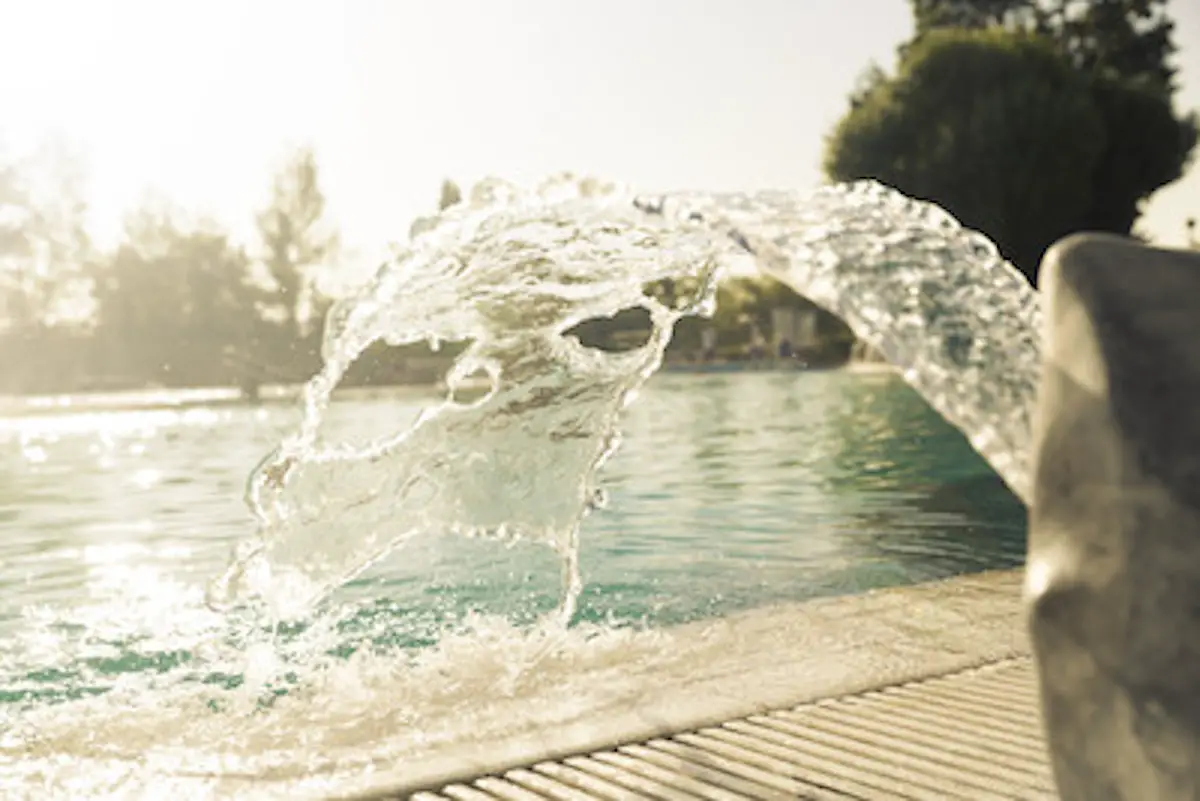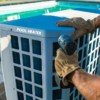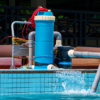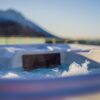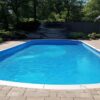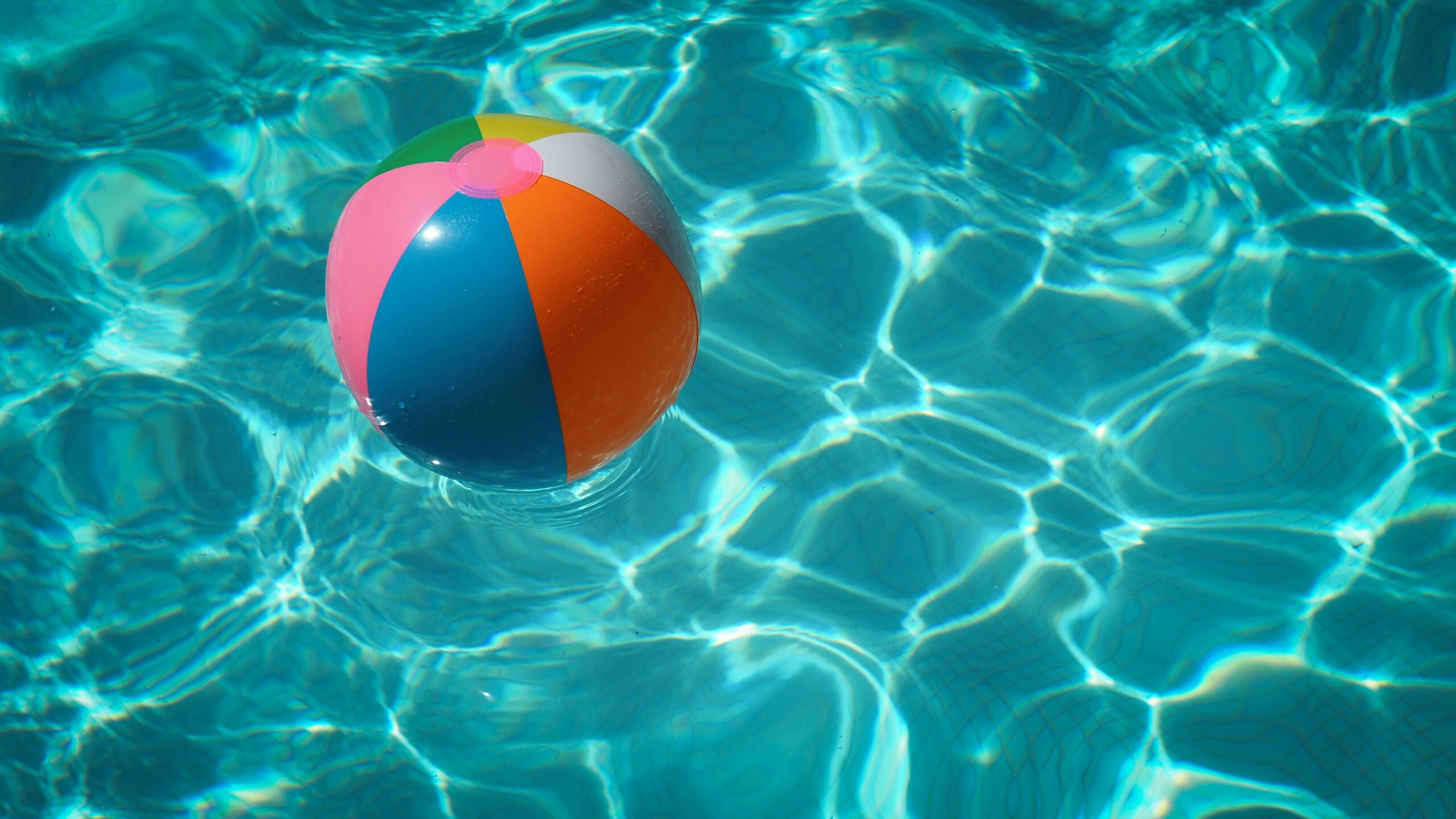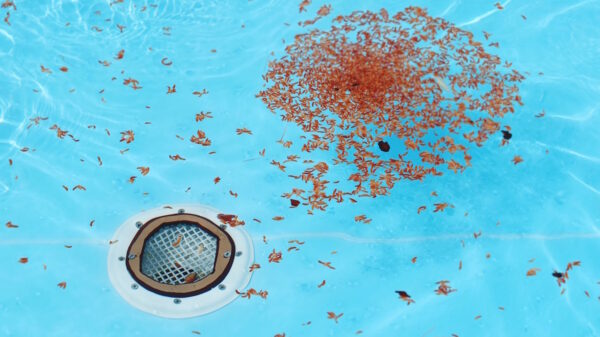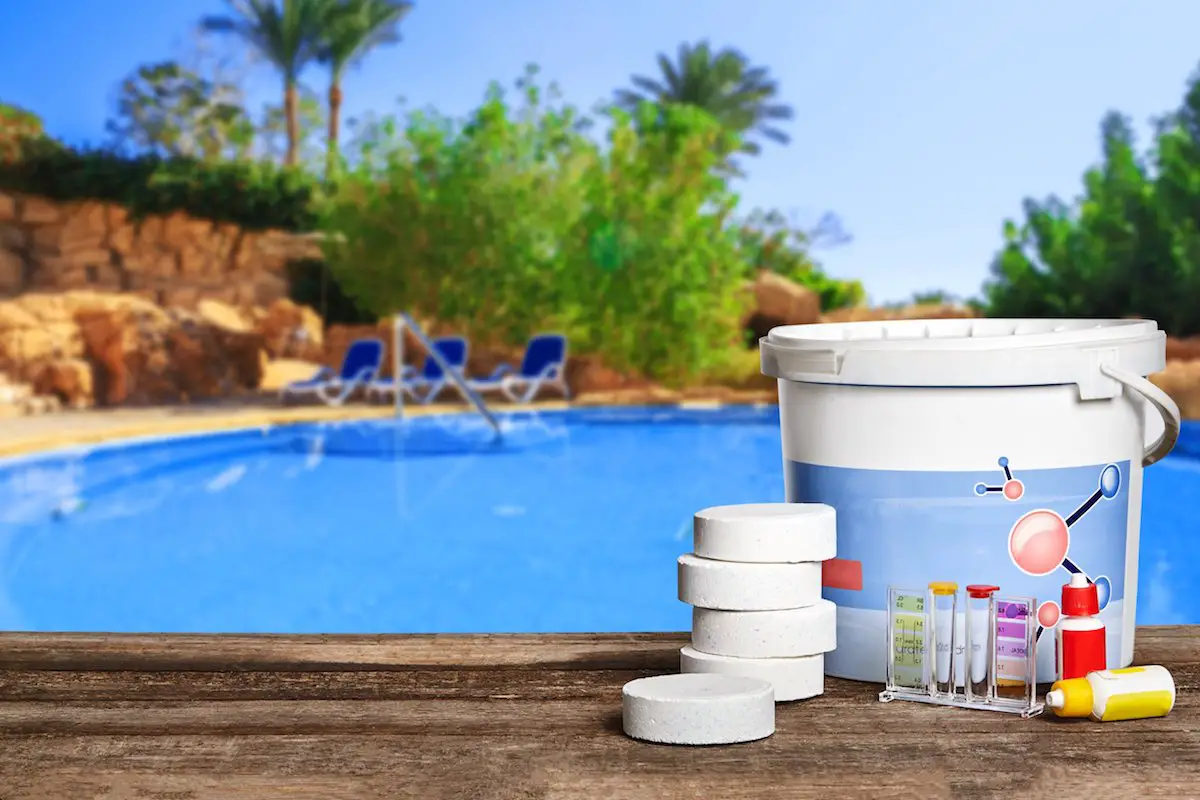Draining and Protecting Water Features Connected to Your Pool
Are you a proud pool owner? If so, you know that maintaining your pool and its surrounding water features is key to enjoying a refreshing and relaxing summer season.
One crucial aspect of pool care is ensuring that these features, such as fountains, waterfalls, and decorative ponds, are properly drained and protected. Neglecting these steps can lead to costly damage and headaches down the road.
In this comprehensive guide, we will walk you through the necessary steps to drain and protect the water features connected to your pool. Whether you’re a seasoned pool enthusiast or a novice looking to learn the ropes, this article has you covered. Let’s dive in!
What Type of Water Features Should be Drained Each Season?
The decision of which water features to drain each season largely depends on your specific setup and location. In regions with freezing winters, it’s essential to drain and winterize all water features, including fountains, waterfalls, and decorative ponds, to prevent damage from ice formation.
However, if you reside in a milder climate, you may opt to leave some features operational year-round, as long as they are properly maintained and the water quality remains stable.
Ultimately, it’s advisable to consult with a local pool and landscape professional to determine the best approach for your specific situation, ensuring that your water features remain in excellent condition throughout the seasons.
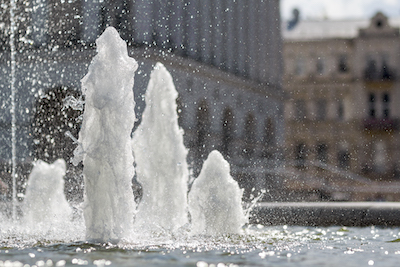
How to Drain and Protect Water Features Connected to Your Pool
1. Inspection and Assessment
Before embarking on any maintenance work for your pool’s water features, it’s imperative to initiate the process with a meticulous inspection and assessment. This step sets the foundation for the entire maintenance routine, ensuring that you’re addressing the specific needs of your water features effectively.
Signs of Wear and Tear
Begin by visually inspecting your water features for any visible signs of wear and tear. Look out for cracks, leaks, or any damaged components that might compromise the integrity of the features.
Overall Condition
Assess the overall condition of the water features. This means evaluating the appearance, functionality, and safety aspects. Take note of any areas that require immediate attention or repair.
2. Gather the Right Tools and Materials
Efficiency in maintenance tasks depends greatly on having the correct tools and materials readily available. Before starting the maintenance process, ensure that you have all the necessary equipment at your disposal. This includes:
Submersible Pump
A submersible pump is a crucial tool for draining water features effectively. It allows you to remove water efficiently and without hassle.
Hoses
Attach hoses to the pump’s outlet to direct the water flow to an appropriate drainage area. Ensure that the hoses are in good condition and securely connected.
Skimmer Net
A skimmer net is handy for removing any debris or floating materials from the water features. This simple tool can help maintain the overall cleanliness of the water.
Cleaning Chemicals
Depending on the type of water feature you have, you may need specific cleaning chemicals. These can include algae treatments, sanitizers, and pH balancers.
Protective Gear
Safety should always be a priority. Equip yourself with the necessary protective gear, such as gloves and safety goggles, to shield yourself from potential hazards during maintenance.
3. Turn Off the Water Supply
Before delving into any maintenance work, it’s essential to cut off the water supply to your pool and its associated features. This crucial step ensures that water flow won’t interfere with your tasks, making the maintenance process safer and more manageable.
By turning off the water supply, you prevent any complications that may arise from water pressure or unexpected water movements while working on the features.
4. Draining the Water Features
The process of draining the water features connected to your pool is a pivotal step in their maintenance. Here’s how to do it effectively:
Submersible Pump Setup
- Submerge the Pump: Carefully submerge the submersible pump into the water feature. Ensure that it is fully immersed, as this maximizes its effectiveness.
- Attach Hoses: Connect hoses to the pump’s outlet. These hoses should be directed towards an appropriate drainage area, ensuring that the water flows away from your pool area.
- Power On the Pump: Plug in the submersible pump and start it. Allow it to run until the water feature is completely empty. Monitor the process to ensure the efficient removal of water.
5. Cleaning and Maintenance
After successfully draining the water features, it’s essential to take advantage of this opportunity for thorough cleaning and maintenance:
Removing Debris
Use the skimmer net to remove any debris, leaves, or floating materials that might have accumulated in the water feature.
Inspect and Repair
Carefully inspect the water feature for any damaged components. This includes cracks, loose parts, or signs of wear. Address any issues promptly to prevent further deterioration.
Cleaning Filters and Screens
If your water feature has filters or screens, clean them thoroughly. Clogged filters can affect water flow and overall performance.
Chemical Treatment
Treat the water feature with appropriate chemicals to prevent future issues. This includes adding algaecides, sanitizers, and pH balancers as needed to maintain water quality.
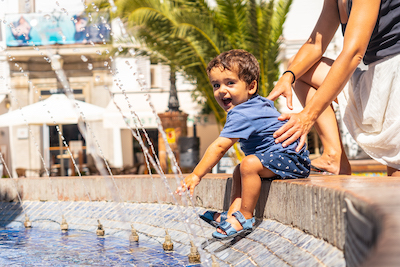
6. Winterization
For those residing in regions with cold winters, proper winterization of your water features is essential to prevent damage:
Remove All Water
Ensure that all water is completely drained from the feature. This step prevents freezing, which can lead to cracks and damage.
Disconnect Components
If your water feature has removable components, such as pumps or decorative elements, disconnect and store them in a safe, dry place.
Protective Cover
Cover the water feature to shield it from harsh weather conditions. This cover should be durable and weather-resistant to provide adequate protection.
7. Regular Inspections
Maintaining the longevity of your water features requires ongoing care. Schedule regular inspections to ensure they remain in optimal condition. During these inspections:
Check for Wear and Tear
Look for signs of wear and tear, cracks, or leaks. Address any issues promptly to prevent costly repairs.
Clean as Needed
Depending on the debris accumulation and water quality, perform cleaning tasks as necessary. This will help keep your water features looking and functioning at their best.
8. Safety First
Throughout the entire process of draining and maintaining your water features, safety should be your top priority. Always adhere to the following safety precautions:
Protective Gear
Wear appropriate protective gear, including gloves and safety goggles, to safeguard yourself from potential hazards.
Follow Instructions
Follow the manufacturer’s instructions for equipment and chemical usage. Improper handling can lead to accidents or damage.
Caution with Electrical Equipment
If your water features include electrical components, exercise caution when working around them. Ensure all electrical connections are secure and functional.
By following these steps and safety measures, you can ensure that these features remain in excellent condition, enhancing the overall enjoyment of your pool area.
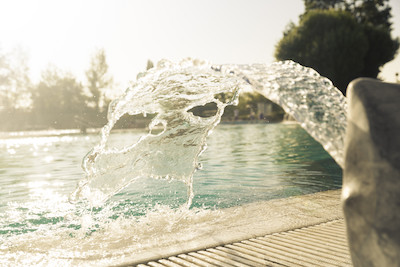
In Conclusion
Properly draining and protecting the water features connected to your pool is not just a routine task; it’s a crucial part of ensuring their longevity and functionality.
By following the comprehensive steps outlined in this guide, you can take charge of your water features’ maintenance, keeping them in pristine condition. Regular inspections, diligent cleaning, and safety precautions are your allies in preserving these delightful additions to your pool area.
Remember, a well-maintained water feature not only enhances the aesthetics of your pool but also contributes to a more enjoyable and relaxing outdoor environment.
So, roll up your sleeves, gather your tools, and embark on the journey to maintain the beauty and functionality of these features, ensuring countless moments of poolside delight for years to come.
FAQs
How often should I drain my pool’s water features?
The frequency of draining these features depends on factors like usage and local weather conditions. As a general rule, aim for at least once a year, preferably before winterization.
Can I drain the water features myself, or should I hire a professional?
You can drain the water features yourself if you have the necessary tools and knowledge. However, if you’re unsure or uncomfortable with the process, it’s advisable to seek professional assistance.
What chemicals should I use for water feature maintenance?
The choice of chemicals depends on the type of water feature and its water quality. Consult your pool supply store or a pool professional for guidance on suitable chemicals.
Are there any eco-friendly options for maintaining water features?
Yes, there are eco-friendly cleaning and maintenance products available that are less harmful to the environment. Look for “green” or “eco-friendly” products at your local pool supply store.
How can I prevent algae growth in my water features?
Regular cleaning and proper water chemistry maintenance are the keys to preventing algae growth. Keep these features clean and balanced to discourage algae from taking hold.
What should I do if I discover cracks or leaks during inspection?
If you find cracks or leaks in your water features, it’s essential to address them promptly. Depending on the severity, you may need to repair or replace the damaged components. Consult a professional if you’re unsure about the best course of action.

